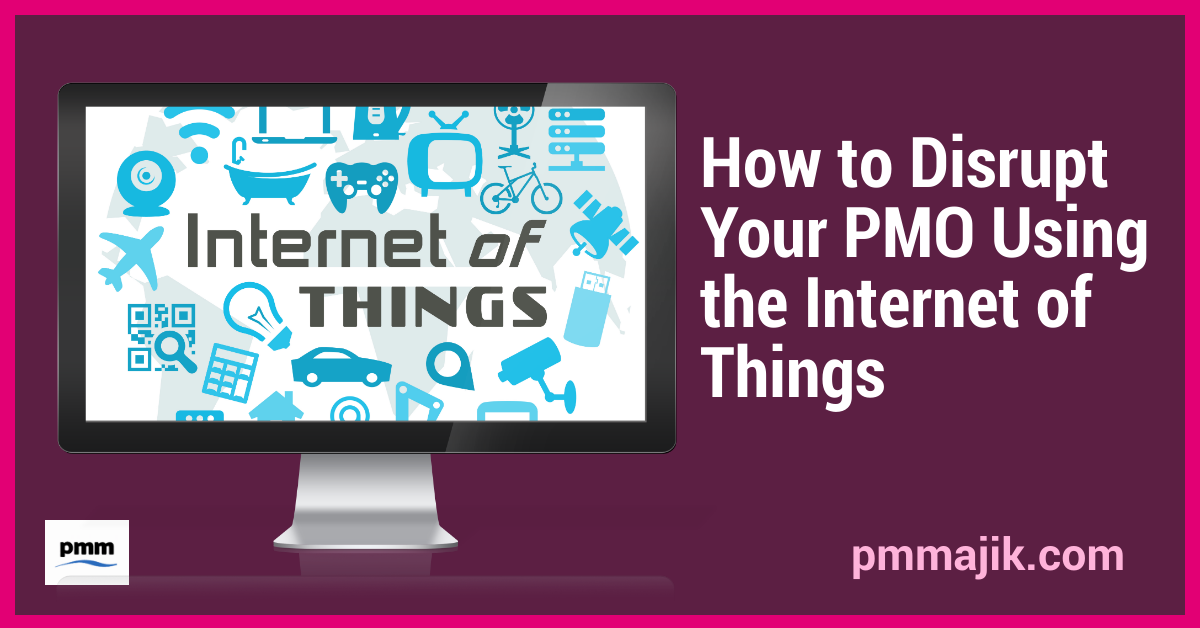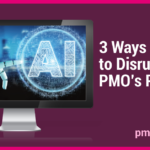In a perpetually connected world, your project management office needs to be at the forefront of new technological advances. We’re going to explore how to disrupt your PMO using the internet of things (IoT).
IoT has developed in a range of ways, but at its core, it is about bringing together devices and tools through an online connection. Some industries may seem to lend themselves to traditional ideas of IoT, but they can be implemented across any PMO and projects.
To help you decide if you’re ready to implement IoT into your PMO to improve your processes, we’re going to cover:
- What IoT actually means
- How you can use IoT tools in projects
- Why you need to be assessing the benefits of IoT for your PMO
What is the internet of things?
IoT is the way devices are able to connect together through wireless communications. This can be as simple as your smart watch connecting to your mobile device or a production line sending real-time data to a private cloud.
It’ll depend on your industry as to what IoT applications will work in your PMO and projects. At a universal level, being able to network and communicate between desktops, laptops, and mobile devices seamlessly will streamline your work.
In construction projects, you can have sensors monitoring progress; if ESG concerns are part of your PMO strategy, you can have smart waste disposal or carbon monitoring to ensure you’re working towards environmental goals.
How can I disrupt my PMO and projects with IoT technology?
Probably the most accessible way to bring IoT to your PMO is to introduce project management software. These are tools that allow everyone with an account to see the same information across the office or project.
Some examples of these tools include:
- Asana
- Microsoft Projects
- Airtable
- Monday
- Wrike
- Along with plenty of others.
By making it possible to keep everyone connected across devices and locations, this means you can streamline communications and get updates much quicker than if waiting for a daily Gantt chart update, for example.
These tools can also feed into the AI tools you use to produce better data about how long tasks take to complete and the resources required. Using this type of connectivity can produce better data and improve decision-making – bringing positive disruption to your projects.
You can also bring in other connectivity to improve projects. Sensors on a construction site, GPS trackers on vehicles, and interconnected devices on networks are all ways you can bring devices together and gather data that can feed in elsewhere.
What are the benefits of IoT in project management?
The more connected your technology is, the more efficient it will be to work together. For example, when you have everyone within a project using a tool like Jira, you can make sure everyone knows what tasks need to be completed and the priority level.
You will get more data about projects when everything and everyone is connected. This can be analysed through AI and machine learning, offering insights to your office and project managers.
The time freed up from gathering this data can lead to a more strategic role for your project managers within your PMO. The new technology you use brings the disruption and change needed to free your team to do more effective work.
Using IoT technology to disrupt your PMO and projects
When everyone gets more connected, projects can move faster. Using a tool that lets everyone work off the same platform by connecting their work devices will bring positive disruption to projects.
You can also use project- and industry-specific tools to disrupt your projects and provide data that can be used to improve the project and your long-term workflow, too.




